Home>Dining>Tableware>How Do You Choose The Right Color For A Dining Table?
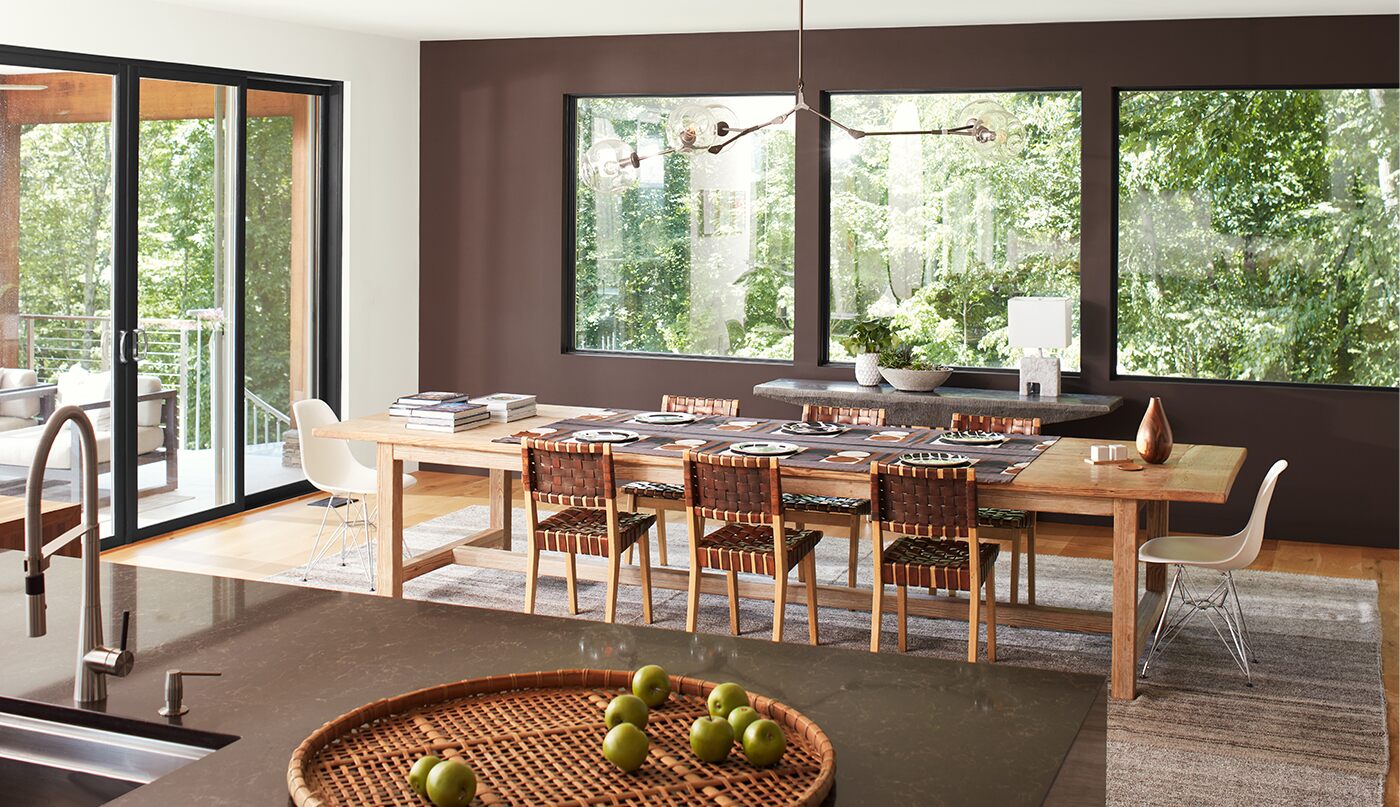

Tableware
How Do You Choose The Right Color For A Dining Table?
Modified: October 20, 2024
Discover the expert tips for selecting the perfect color for your dining table. Enhance your tableware collection with a color that complements your interior and style.
(Many of the links in this article redirect to a specific reviewed product. Your purchase of these products through affiliate links helps to generate commission for Storables.com, at no extra cost. Learn more)
Introduction
Choosing the right color for a dining table is a crucial decision when it comes to designing your dining space. The color of the table can greatly impact the overall aesthetics and ambiance of the room. It can either blend seamlessly with the existing decor or serve as a statement piece that adds a pop of color.
But with so many color options available, how do you choose the right one? In this article, we will explore some key factors to consider when selecting a color for your dining table. From the room’s style and lighting to the size of the space and material of the table, each consideration plays a vital role in making the best color choice.
So, let’s dive in and discover how to choose the perfect color for your dining table!
Key Takeaways:
- Choose a dining table color that complements the room’s style, lighting, and size. Consider the existing decor and seek inspiration from design trends or personal preferences to create a visually pleasing and inviting dining space.
- Opt for neutral or versatile colors for your dining table to ensure timeless appeal, adaptability to changing trends, and easy coordination with various design styles. Consider the material, maintenance, and durability of the color for a practical and stylish choice.
Consider the Room’s Overall Style
When choosing the color for your dining table, it’s important to consider the overall style of the room. Is your dining space contemporary, traditional, rustic, or eclectic? The table’s color should complement and enhance the existing style rather than clash with it.
If you have a modern and minimalistic dining room, opt for a dining table with clean lines and a sleek design in a neutral color like white, black, or gray. This will create a cohesive and harmonious look. On the other hand, if your dining room has a more traditional or rustic style, consider a wooden table in warm tones like oak or walnut. These earthy colors will add warmth and elegance to the space.
For an eclectic dining space, you have more freedom to play with colors and patterns. Consider a vibrant and bold color for your dining table, such as a deep blue or a vibrant red. This can serve as a focal point and add a touch of personality to the room. Just make sure the color you choose complements the other elements in the room, such as the chairs, lighting fixtures, and artwork.
Remember, the choice of color should contribute to the overall cohesive look and feel of the room. Take into account the existing furniture, flooring, and wall color to ensure that the dining table complements the overall style, creating a visually pleasing and inviting atmosphere.
Assess the Room’s Lighting
Another important factor to consider when choosing the color for your dining table is the room’s lighting. The lighting in your dining space can dramatically affect how colors appear, so it’s essential to assess the natural and artificial lighting in the room.
If your dining area receives plenty of natural light, you have more flexibility in terms of color choices. Natural light tends to enhance colors and make them appear more vibrant. In this case, you can consider bold and saturated colors like deep greens, rich blues, or even a warm shade like mustard yellow. These colors will come alive in the presence of natural light, creating a lively and inviting atmosphere.
On the other hand, if your dining room has limited natural light or relies heavily on artificial lighting, it’s best to opt for lighter and more neutral colors. Lighter shades like white, cream, or light gray can help brighten up the space and create an illusion of a larger room. These colors also reflect artificial light, making the room appear more spacious and well-lit.
Additionally, consider the type of lighting fixtures in your dining area. If you have chandeliers or pendant lights that cast a warm and soft glow, it’s ideal to choose a dining table color that complements this warm lighting. Muted earth tones, such as beige or taupe, can create a cozy and intimate ambiance.
In contrast, if your dining space features cool or bright LED lighting, you may want to choose a cooler color for your dining table. Shades of white or light blue can create a crisp and contemporary look that pairs well with bright artificial lighting.
By assessing the room’s lighting, you can choose a color for your dining table that harmonizes with the lighting conditions, creating the desired atmosphere and enhancing the overall dining experience.
Complement or Contrast with the Wall Color
The color of your dining table should ideally complement or contrast with the wall color in the room. This decision depends on the desired effect you want to achieve.
If your dining room has walls painted in a neutral or muted tone, such as beige, cream, or light gray, you have the flexibility to choose a dining table color that either complements or contrasts with the wall color.
To create a harmonious and cohesive look, consider selecting a table color that complements the wall color. For example, if the walls are painted in a soft gray, a dining table in a similar shade or a slightly darker gray can create a calming and unified atmosphere.
On the other hand, if you prefer a more dramatic and eye-catching look, you can choose to contrast the dining table color with the wall color. For instance, if the walls are painted in a light beige, consider opting for a dining table in a darker shade like espresso brown or even a bold color like deep teal. This contrast can create a striking visual impact and add depth to the room.
However, if your dining room has walls with a strong and bold color, such as vibrant blue, deep red, or even a wallpaper pattern, it’s generally best to choose a dining table in a neutral color. This allows the table to serve as a complementary element that doesn’t compete with the dominant wall color.
Overall, the goal is to create a harmonious balance between the dining table and the wall color. Whether you decide to complement or contrast, consider the overall visual impact and how the colors interact with each other to achieve your desired aesthetic.
Consider the Size of the Dining Space
The size of your dining space plays a crucial role in determining the color of your dining table. The right color can help create an illusion of space or enhance the coziness of a smaller dining area.
If you have a small dining space, it’s generally recommended to choose lighter colors for your dining table. Lighter shades like white, cream, or pastel colors reflect light and create a sense of openness, making the room appear more spacious. This can help alleviate any feelings of claustrophobia or overcrowding in a compact area.
On the other hand, if you have a larger dining space, you have more freedom to experiment with darker or bolder colors for your dining table. Deep wood tones, espresso browns, or even rich jewel tones can add depth and richness to a larger room. These colors can make a grand statement and anchor the space, creating an inviting and elegant atmosphere.
In addition to the color choice, you should also consider the finish and texture of the dining table. Glossy or reflective finishes on a smaller table can help bounce light around the room and make it feel more open. Alternatively, for a larger table, a matte or textured finish can add visual interest and create a cozy and intimate ambiance.
Furthermore, consider the shape and design of the dining table. Round or oval tables are popular choices for smaller spaces as they maximize seating capacity while minimizing a sense of overcrowding. The color of the table can enhance this effect, so opt for colors that visually expand the room.
Remember, the size of your dining space should guide your color choice to create an optimal balance and maximize the visual impact of the room, whether it’s to make it feel more spacious or to enhance its coziness.
Opt for Neutral or Versatile Colors
When it comes to choosing the color for your dining table, opting for neutral or versatile colors is always a safe and practical choice. Neutral colors have a timeless appeal and can easily blend with various design styles and color schemes.
Colors like white, beige, gray, and natural wood tones are considered neutral and versatile. These colors provide a clean and understated look that allows other elements in the room, such as the chairs, artwork, or centerpiece, to take center stage. They also offer the flexibility to change the decor and color scheme of the room without clashing with the table color.
Neutral colors are especially suitable for those who like to frequently change their interior design or have a mix of styles in their home. They provide a neutral canvas that can easily adapt to different trends and preferences over time. Whether you prefer a more minimalist and contemporary look or a cozy and traditional ambiance, a neutral-colored dining table can seamlessly fit into any design aesthetic.
In addition to their versatility, neutral colors also have the advantage of being less likely to show visible wear and tear or stains. This makes them a practical choice for dining tables, which are prone to spills and daily use. Lighter neutral colors are often more forgiving when it comes to hiding scratches or dents, while darker neutral colors can add a touch of sophistication and elegance to the dining space.
Furthermore, neutral colors create a sense of calm and balance, promoting a serene and inviting dining experience. They provide a neutral backdrop that allows the focus to be on the delicious food and enjoyable conversations, rather than the table itself.
So, if you’re unsure about which color to choose for your dining table, opting for a neutral or versatile color ensures that you have a timeless and adaptable piece that harmonizes with the overall aesthetic of your dining space.
Consider the overall color scheme of the dining room and choose a table color that complements or contrasts with it. Lighter colors can make a small space feel larger, while darker colors can add warmth and coziness.
Think About the Table Material
When choosing the color for your dining table, it’s essential to take into account the material of the table itself. Different materials have distinct characteristics that can influence the color options available and the overall look of the table.
If you have a wooden dining table, you have a wide range of color choices. Wood can be stained or painted in various shades, allowing you to customize the color to your preference. Lighter wood tones like oak or pine give a more traditional and rustic feel, while darker wood tones like walnut or mahogany lend a sense of elegance and sophistication.
Metallic dining tables, such as those made from stainless steel or iron, often come in sleek and modern designs. These tables usually have a metallic sheen that adds a contemporary touch to the dining space. However, since the color options for metallic tables are limited to the natural metallic hues, it’s important to consider how these colors complement the overall style and color scheme of the room.
Glass dining tables are another popular choice for modern and minimalist interiors. These tables have a transparent or translucent surface that can create a sense of openness and lightness in the room. The color of a glass table is not determined by the material itself but rather by the base or legs of the table. Metallic or neutral colors are commonly used for the base, allowing the glass top to take on different hues depending on the surrounding decor.
Laminate or veneer dining tables offer a more affordable and versatile option. These tables are made from a composite material that can be designed to mimic the look of wood, metal, or other materials. With laminate or veneer tables, you can select from a wide range of colors and patterns that suit your desired style and decor.
Ultimately, the material of the dining table will guide your color choices. Consider how the color will interact with the texture and characteristics of the material, ensuring that it enhances the overall aesthetic and fits seamlessly into the dining space.
Take into Account the Existing Furniture and Decor
When choosing the color for your dining table, it’s essential to consider the existing furniture and decor in the room. The dining table should complement and harmonize with the overall design scheme, creating a cohesive and visually pleasing space.
Start by assessing the color palette of your existing furniture pieces. If you have chairs, a buffet, or other furniture items in the dining area, take note of the colors and finishes. Ideally, the color of your dining table should coordinate with these existing pieces.
If you have a set of matching chairs, consider choosing a dining table color that complements the color of the chairs. For example, if you have black leather chairs, a dining table in a dark wood tone or a black finish would create a cohesive and coordinated look.
On the other hand, if you prefer a more eclectic and mismatched style, you can choose a dining table color that contrasts with the existing furniture. For instance, if you have a mix of chairs in different colors or styles, a neutral-colored dining table can serve as a unifying element, allowing the chairs to stand out as individual pieces.
In addition to the furniture, take into account the existing decor elements, such as curtains, rugs, and wall art. Look for color accents or patterns that you can incorporate into the dining table color. This will create a sense of harmony and tie the entire room together.
Consider the finish of the existing furniture and decor as well. If you have predominantly matte or textured finishes, you may want to choose a dining table with a similar finish to maintain consistency. Conversely, if you have shiny or glossy finishes, a dining table with a reflective or polished surface can complement the overall aesthetic.
Remember, the goal is to create a cohesive and balanced look in the dining space. By taking into account the existing furniture and decor, you can choose a dining table color that seamlessly integrates with the overall design scheme and enhances the visual appeal of the room.
Consider the Maintenance and Durability of the Color
When selecting the color for your dining table, it’s essential to consider the maintenance and durability of the color choice. The dining table is prone to spills, scratches, and everyday wear and tear, so choosing a color that can withstand these factors is important in ensuring the longevity and appearance of the table.
Dark-colored tables, such as deep browns or blacks, are often chosen for their ability to hide stains and scratches. The darker color helps camouflage any imperfections that might occur over time. However, it’s important to note that lighter colored tables can also be resilient with proper maintenance and care.
If you opt for a lighter-colored table, consider choosing one with a finish that is easy to clean and resistant to stains. Look for tables with protective coatings or sealed surfaces that repel spills and make cleaning a breeze. This will help maintain the table’s appearance and allow for easier maintenance.
Keep in mind that certain colors may require more frequent cleaning or maintenance to ensure they maintain their original appearance. For example, lighter shades may show stains more easily and require more regular cleaning to keep them looking their best. Consider your lifestyle and the level of maintenance you’re willing to put into your dining table.
Additionally, consider the durability of the color itself. Some colors may fade or wear over time, especially when exposed to direct sunlight. If your dining area has large windows or receives a significant amount of sunlight, it’s important to choose a color that is fade-resistant or consider appropriate window coverings to protect the table from prolonged sun exposure.
By considering the maintenance and durability of the color, you can choose a dining table that not only looks beautiful but also stands up to the demands of everyday use. Strike a balance between the desired color aesthetics and practicality to ensure your dining table remains in excellent condition for years to come.
Seek Inspiration from Design Trends or Personal Preferences
When selecting the color for your dining table, finding inspiration from design trends or your personal preferences can help guide you towards the perfect choice. Whether you prefer a classic and timeless look or a more trendy and bold statement, there are various sources of inspiration to explore.
One way to seek inspiration is by following current design trends. Interior design magazines, websites, and social media platforms are great resources for discovering the latest color trends and popular styles. For example, you may find that earthy, organic colors are in vogue, such as shades of green or warm terracotta, which can add a touch of nature and tranquility to your dining space.
On the other hand, if you prefer to stay away from trends and want something that reflects your own personal style, consider drawing inspiration from your favorite colors, your travels, or even your hobbies. Think about the colors that evoke positive emotions and resonate with you on a deeper level. This personal touch can create a dining space that is truly unique and reflects your individuality.
Additionally, consider the overall mood or atmosphere you want to create in your dining area. Do you want a calm and soothing ambiance? Consider soft, pastel shades like pale blue or lavender. Do you want a vibrant and energetic space? Bold colors like bright red or sunny yellow can infuse the room with liveliness and energy. Let your personal preferences and desired mood guide your color selection.
Remember, the color of your dining table is an opportunity to express your personal style and create a space that aligns with your aesthetic preferences. Seek inspiration from design trends, but also trust your instincts and choose a color that resonates with you and brings joy to your dining experience.
Conclusion
Choosing the right color for your dining table is an important decision that can greatly impact the overall look and feel of your dining space. By considering various factors such as the room’s style, lighting, size, existing furniture, and personal preferences, you can make an informed choice that will enhance the aesthetics and functionality of your dining area.
When it comes to the style of the room, select a dining table color that complements the overall design aesthetic. Whether your space is contemporary, traditional, or eclectic, the color should harmonize with the existing decor and furniture.
Assessing the room’s lighting is crucial in determining the color that will create the desired ambiance. Consider the natural and artificial lighting present and choose a color that will either enhance or counterbalance the lighting conditions.
Complementing or contrasting the dining table color with the wall color can create a cohesive or striking visual impact. Consider the wall color and choose a dining table color that will either blend in seamlessly or make a bold statement that complements the room’s aesthetic.
The size of your dining space should also be taken into account when selecting the color. Lighter colors can make a smaller space appear larger and more open, while darker colors can anchor and add depth to a larger room.
Opting for neutral or versatile colors ensures that your dining table can easily adapt to changing design trends and styles. Neutral colors also provide a timeless and elegant look that can coordinate with various color schemes.
Considering the material of the table is important for color selection as different materials have different characteristics. Whether it’s wood, metal, glass, or laminate, the material will influence the available color options and the overall look of the table.
Don’t forget to take into account the maintenance and durability of the color. Choose a color that can withstand spills, scratches, and daily wear and tear, ensuring the longevity and visual appeal of your dining table.
Lastly, seek inspiration from design trends and personal preferences to guide your color selection. Whether it’s staying up to date with the latest color trends or expressing your individual style, let your creativity shine through in choosing the perfect color for your dining table.
In conclusion, selecting the right color for your dining table involves thoughtful consideration of various factors. By carefully assessing these factors and following your personal style, you can choose a color that enhances the overall aesthetics, creates a welcoming ambiance, and brings joy to your dining experiences.
Frequently Asked Questions about How Do You Choose The Right Color For A Dining Table?
Was this page helpful?
At Storables.com, we guarantee accurate and reliable information. Our content, validated by Expert Board Contributors, is crafted following stringent Editorial Policies. We're committed to providing you with well-researched, expert-backed insights for all your informational needs.
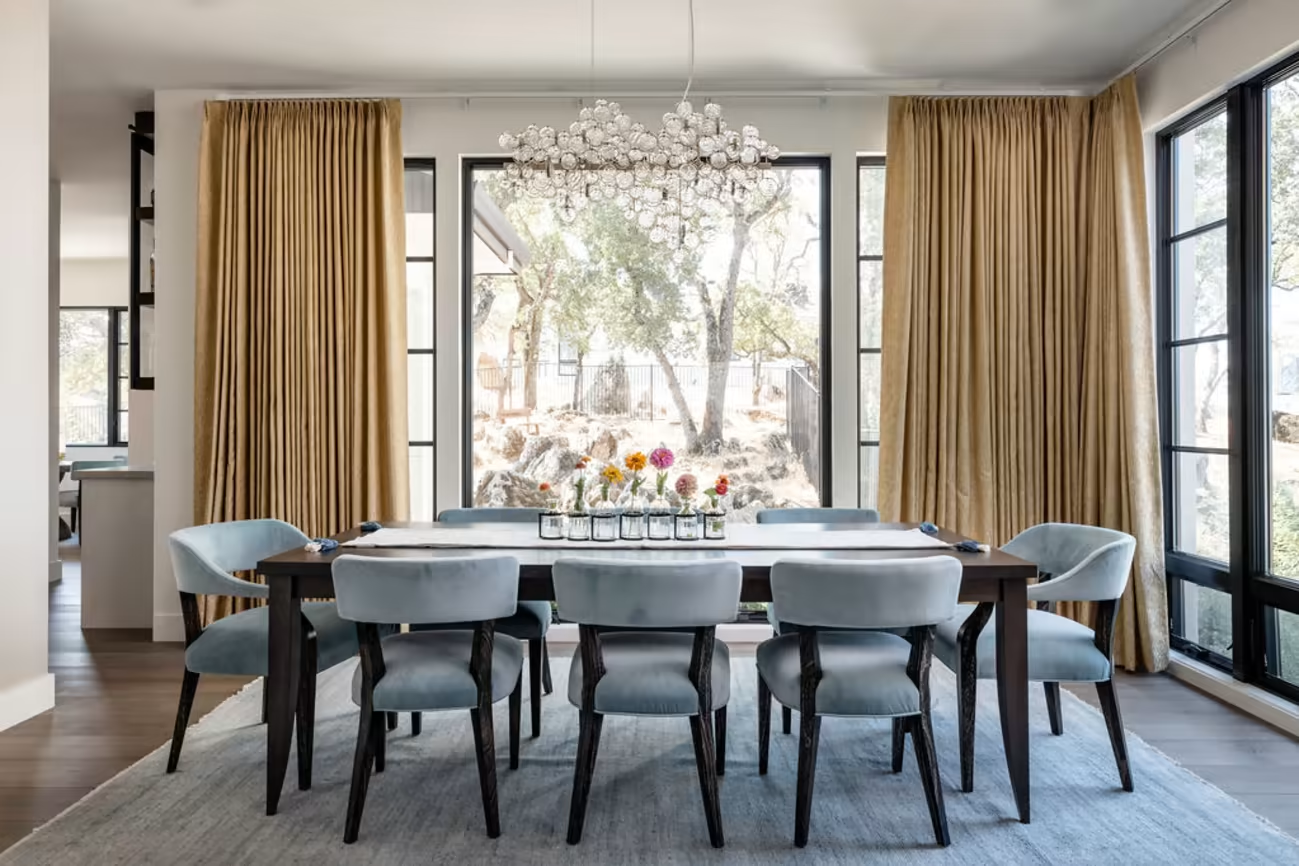
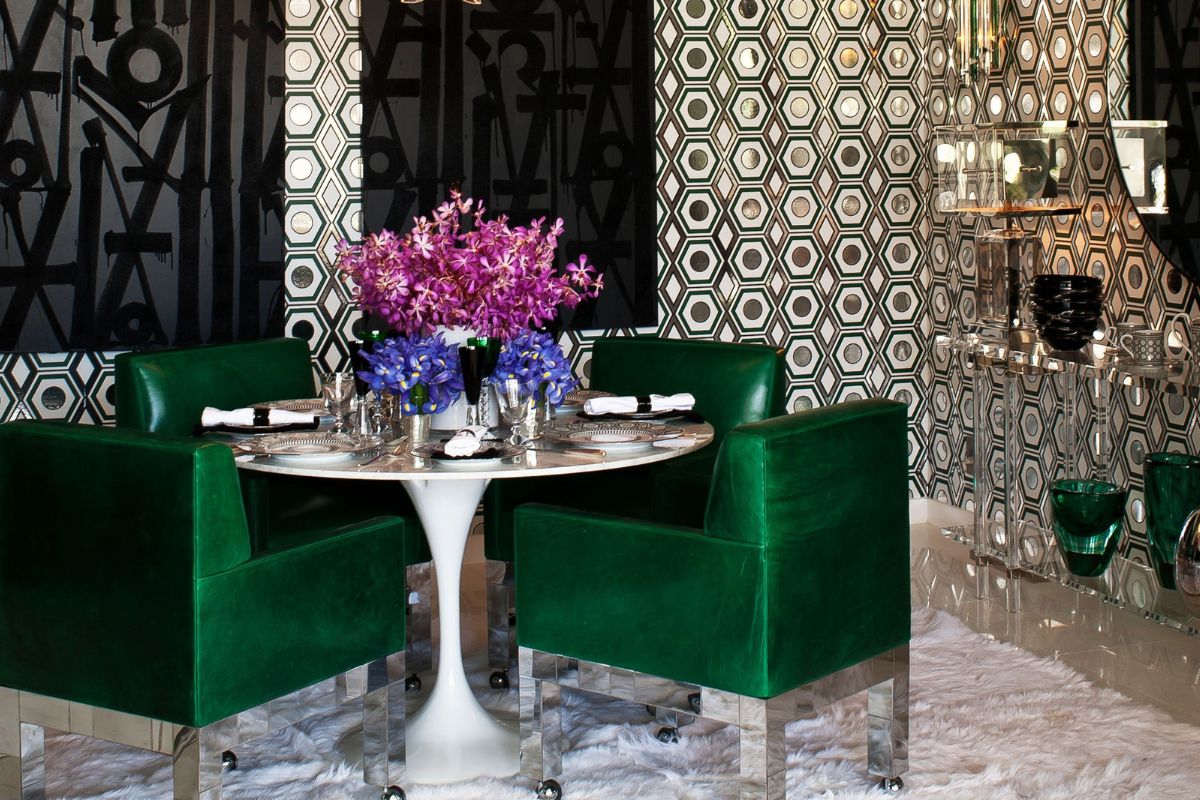
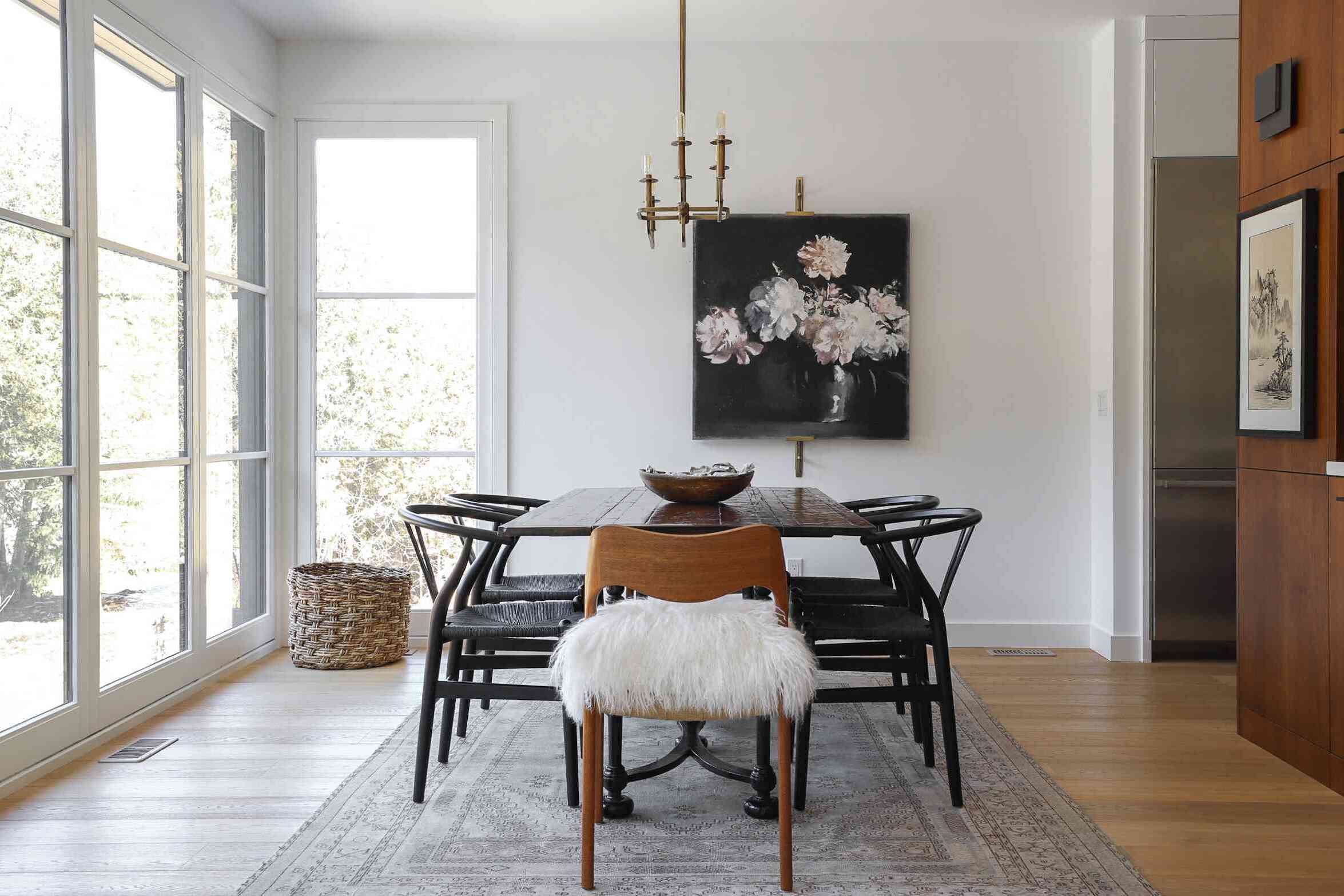
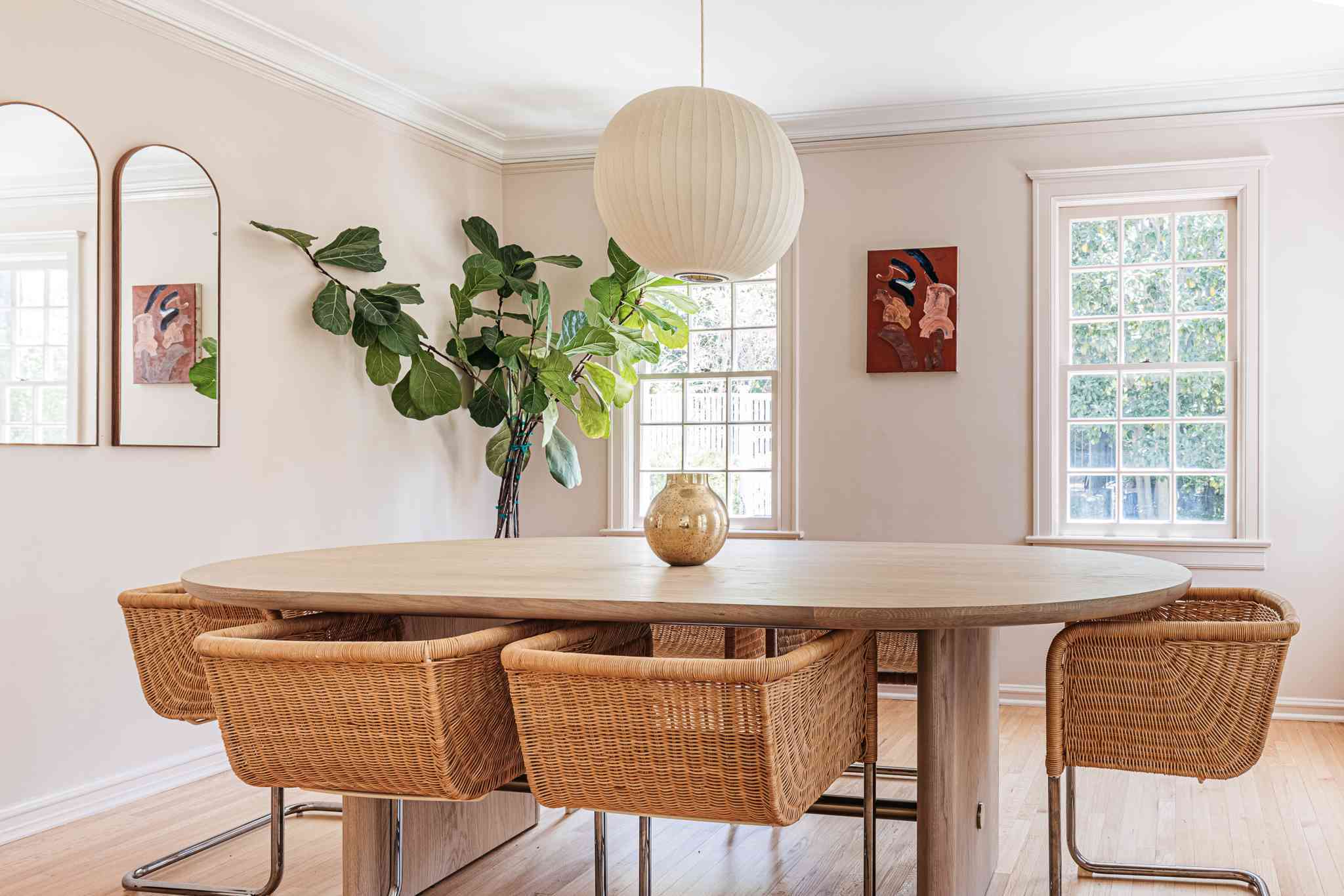
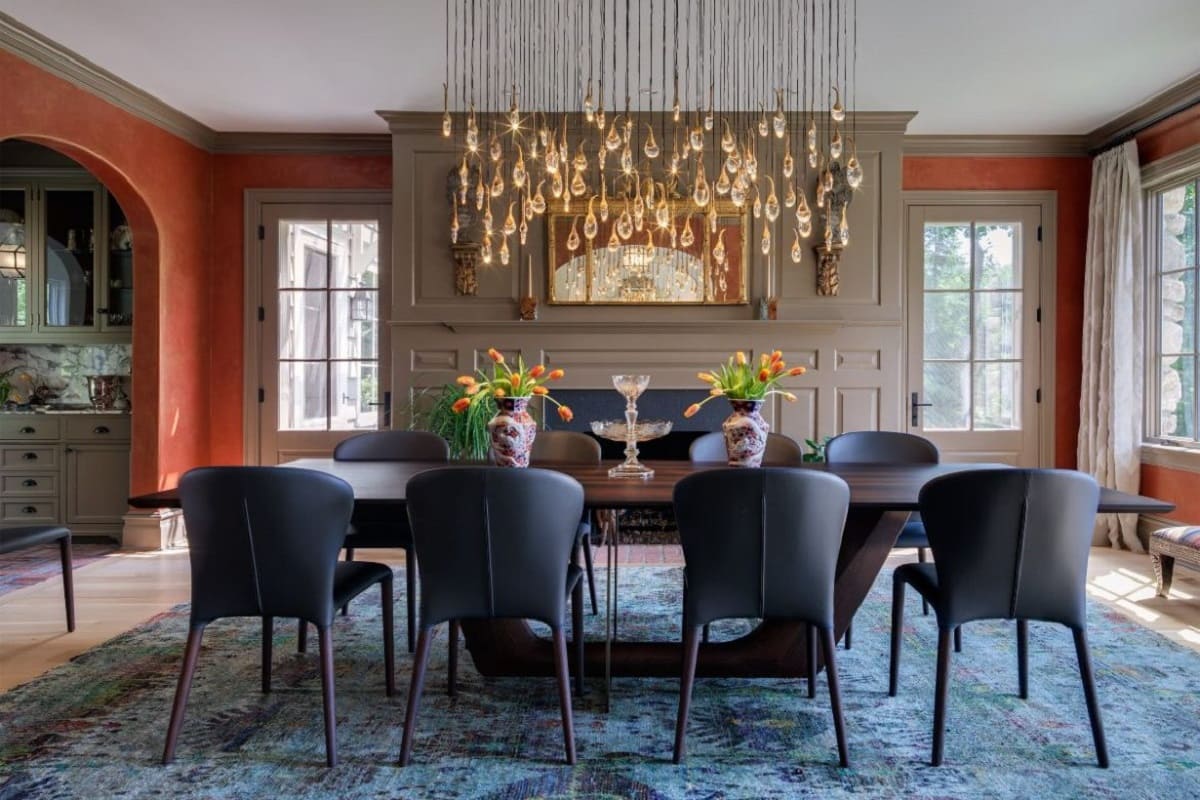
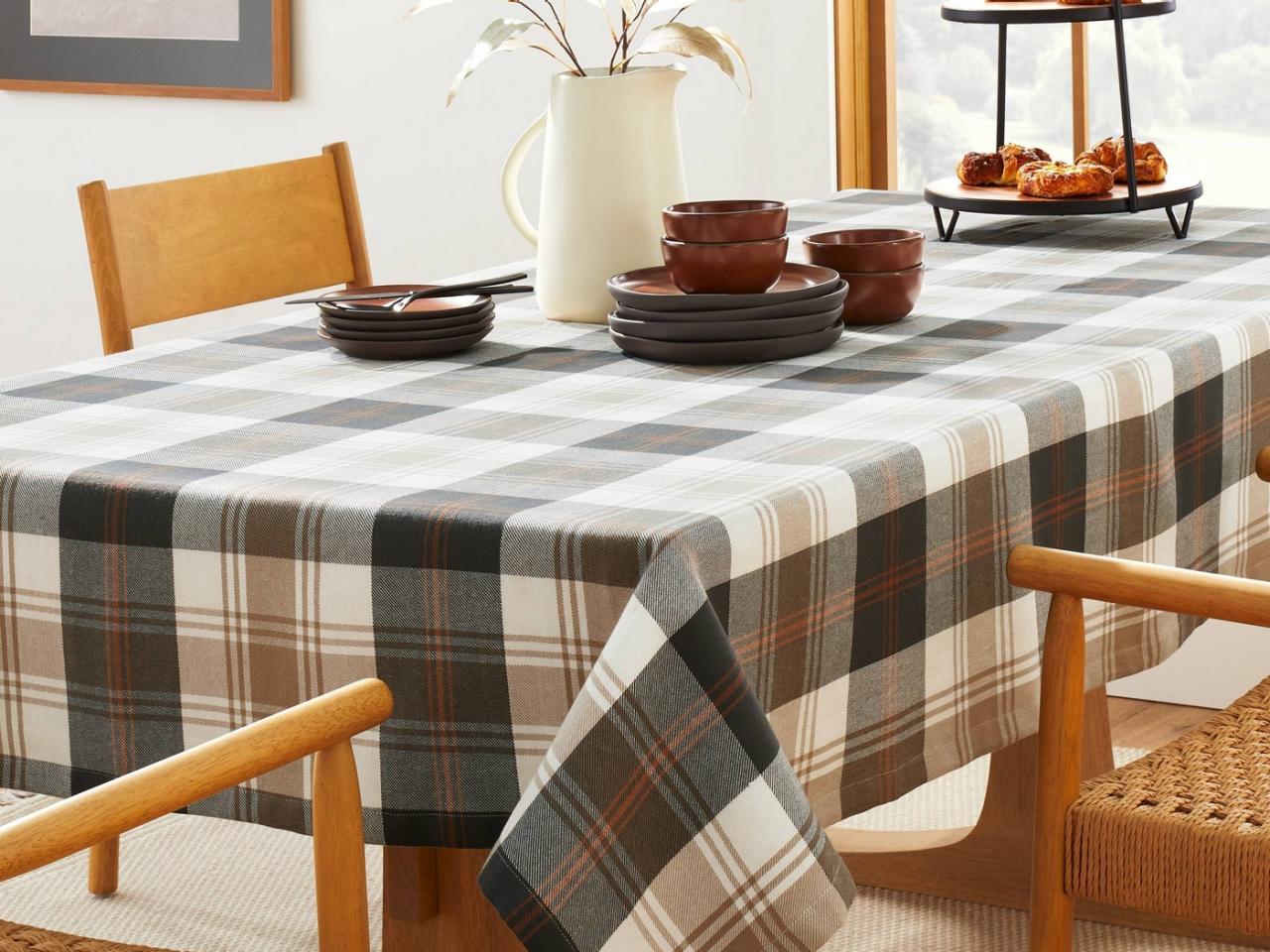
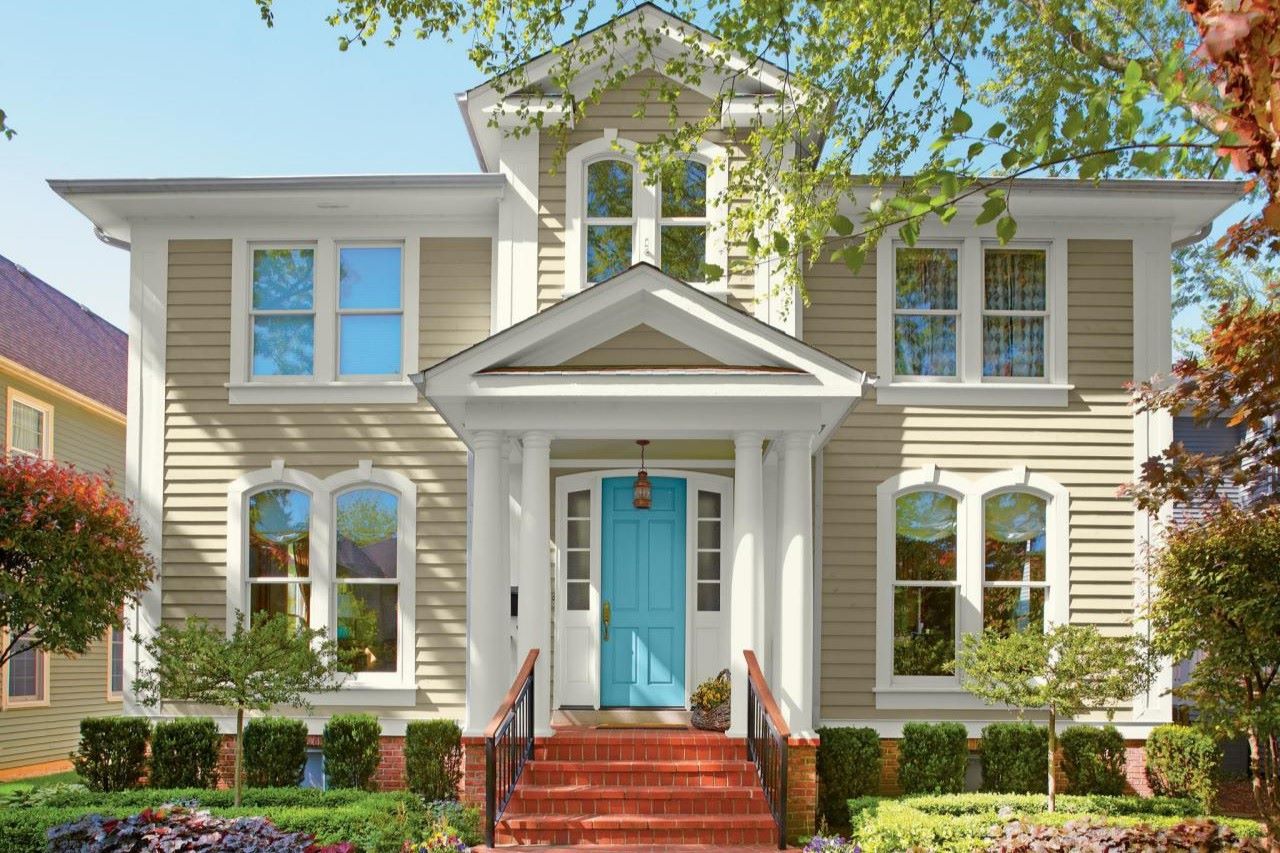
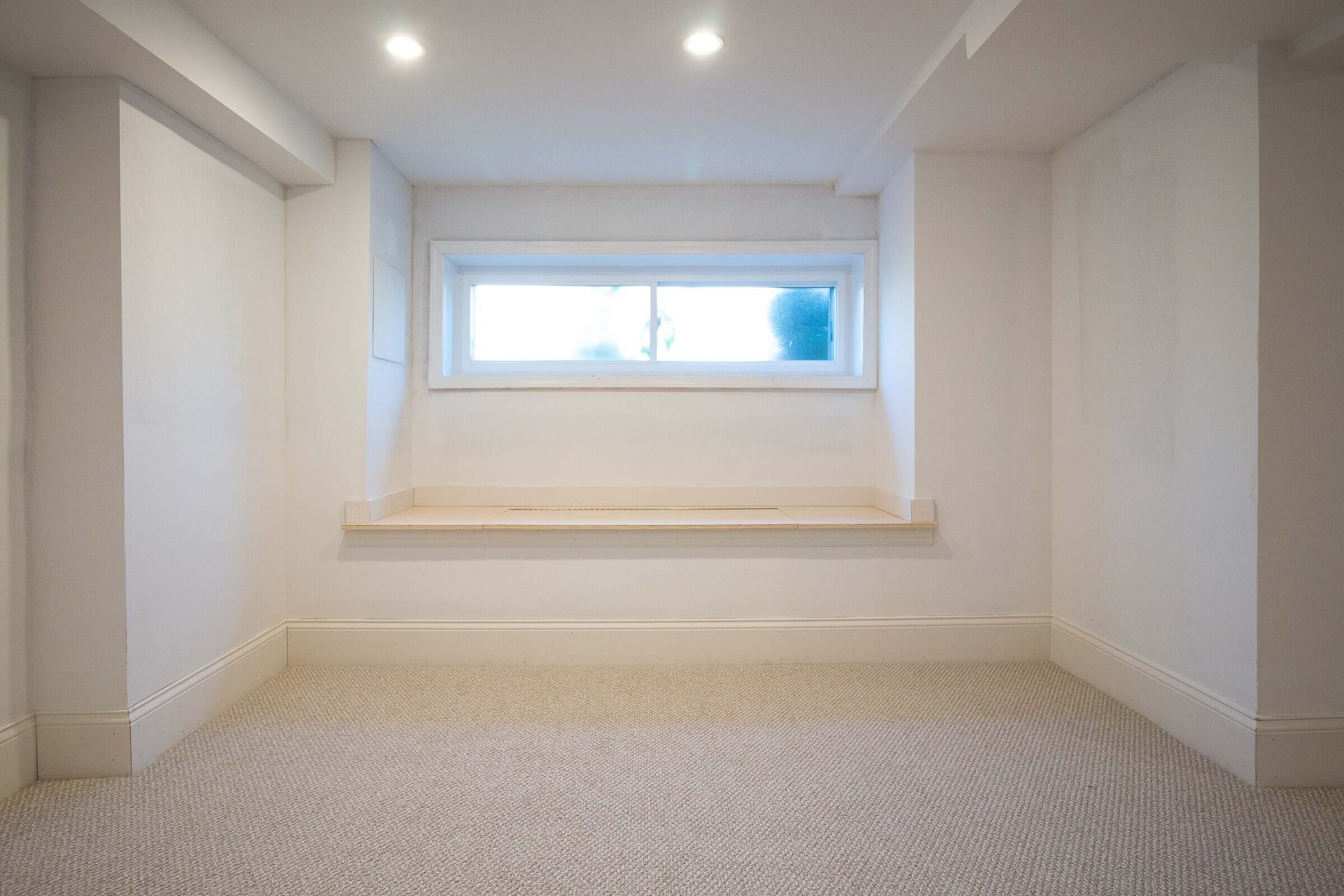
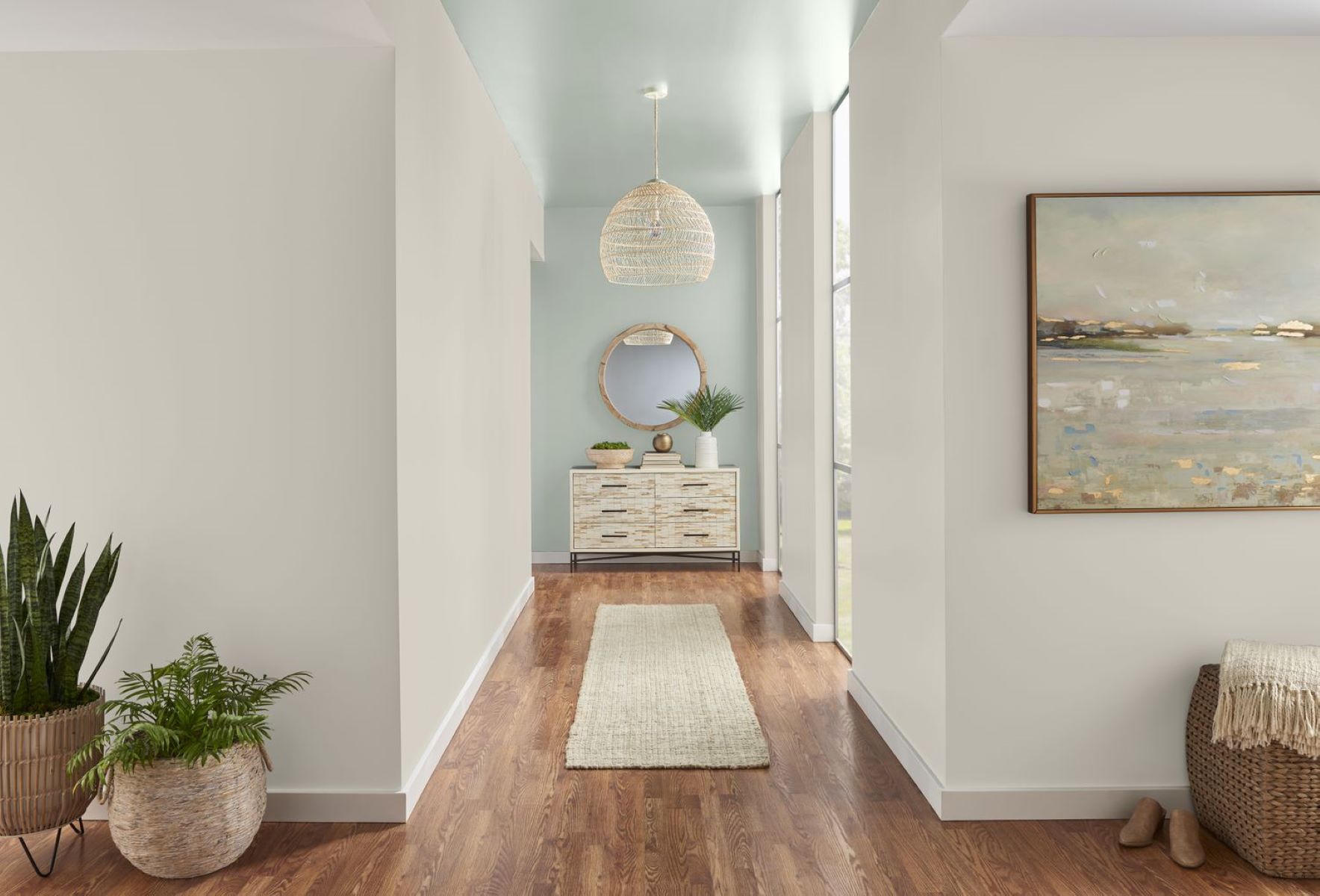
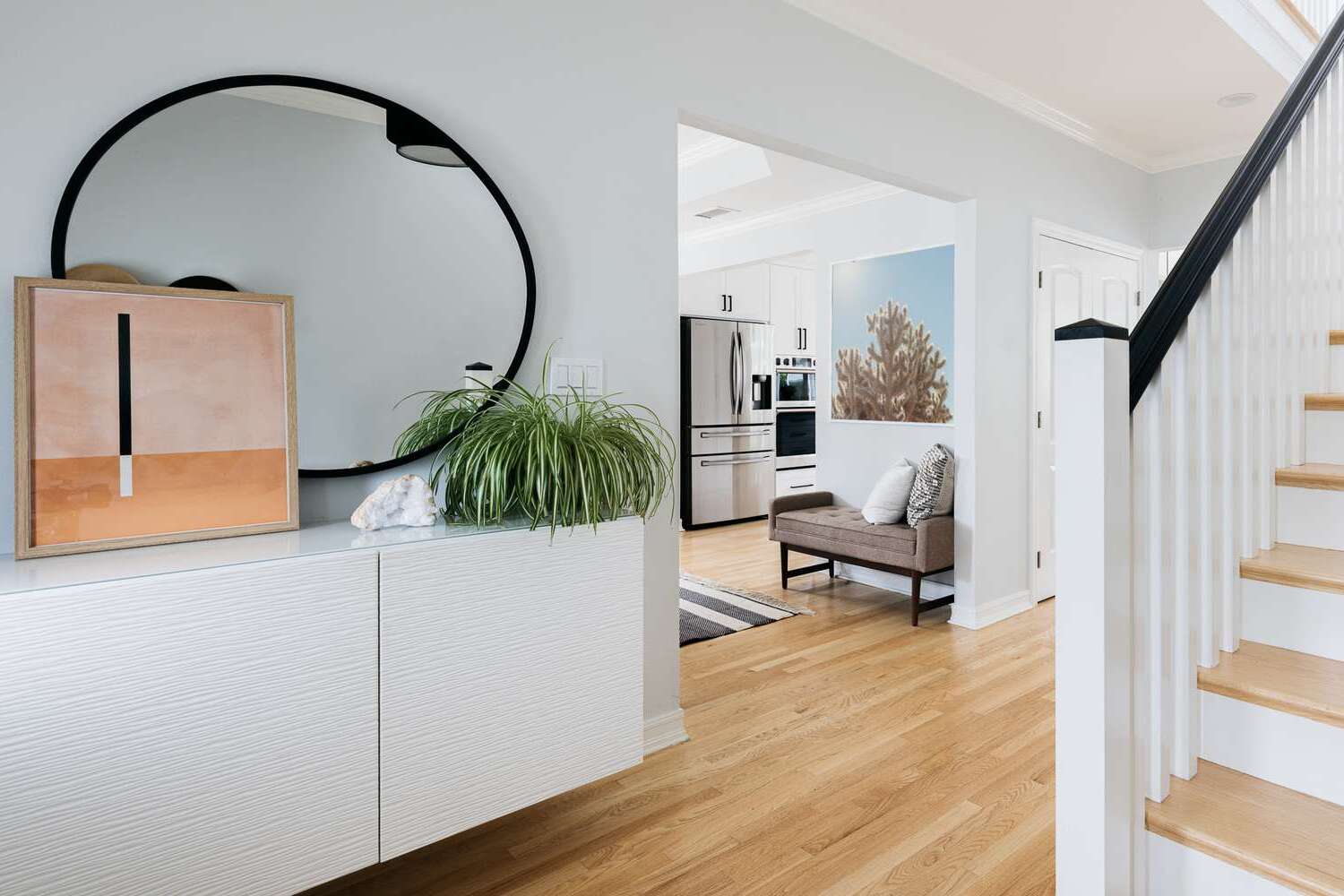
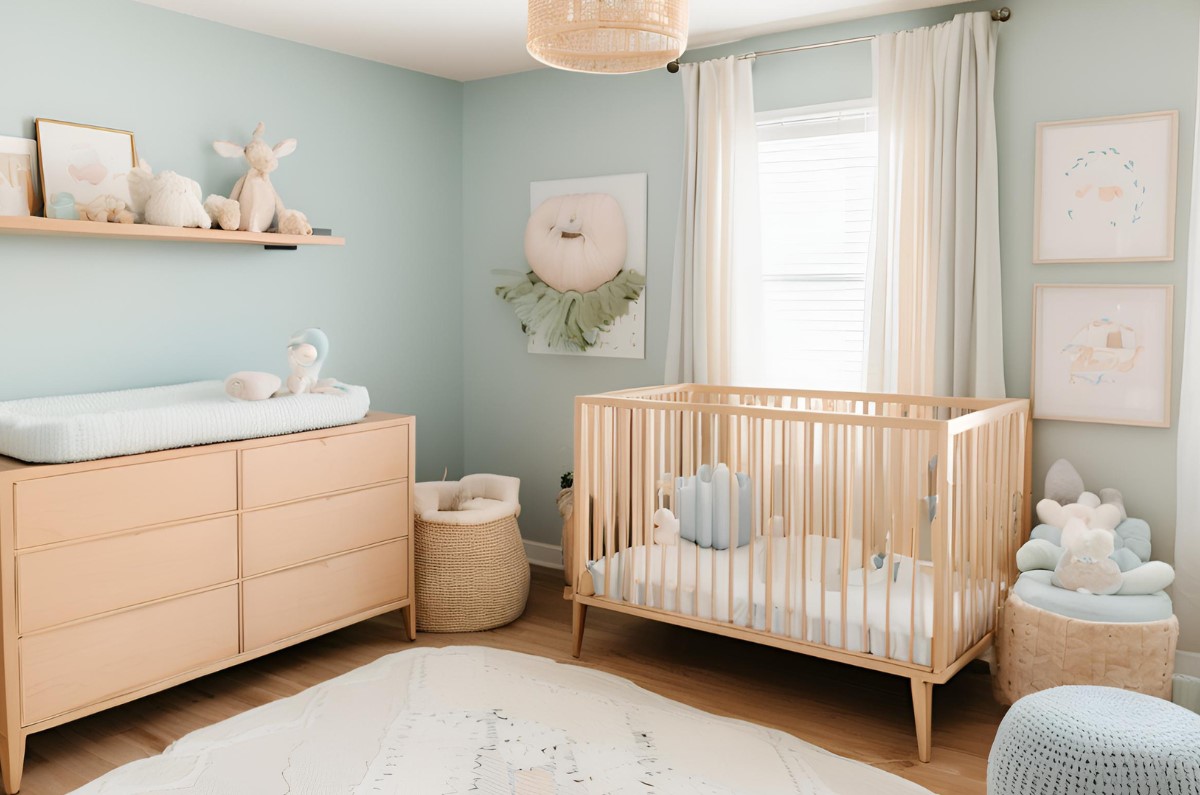
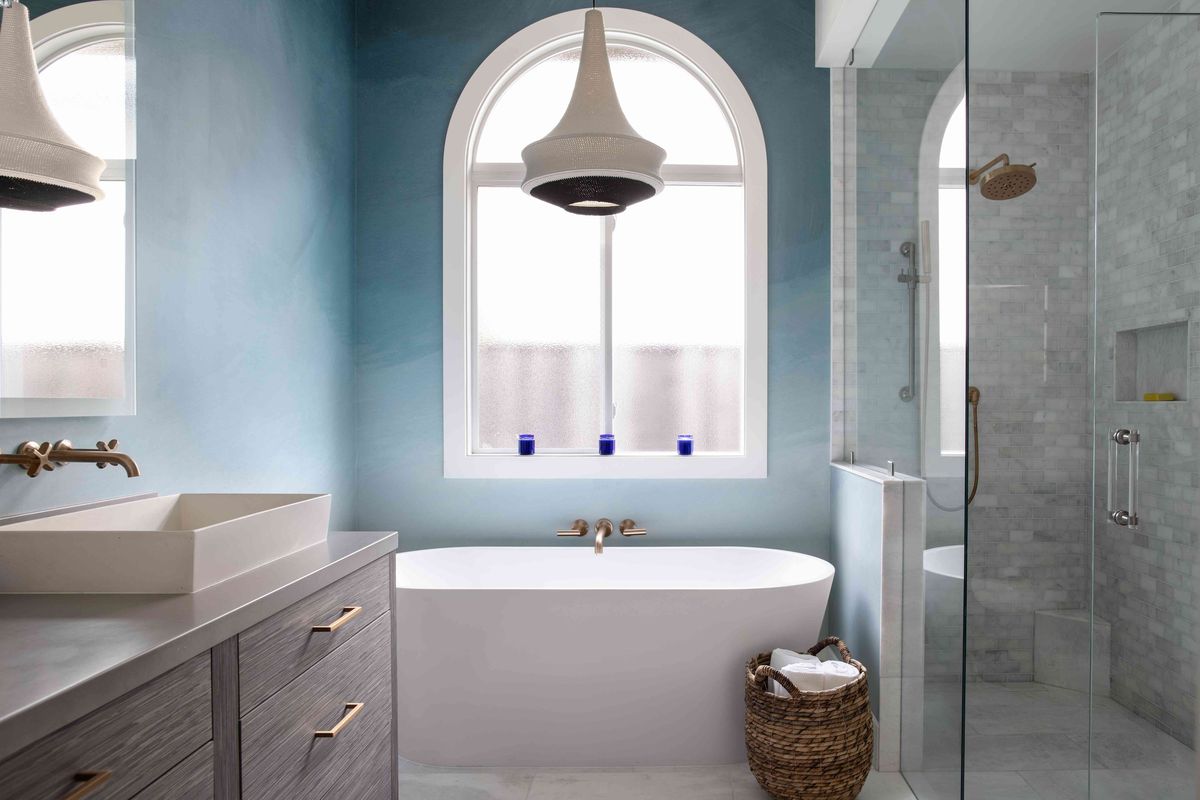
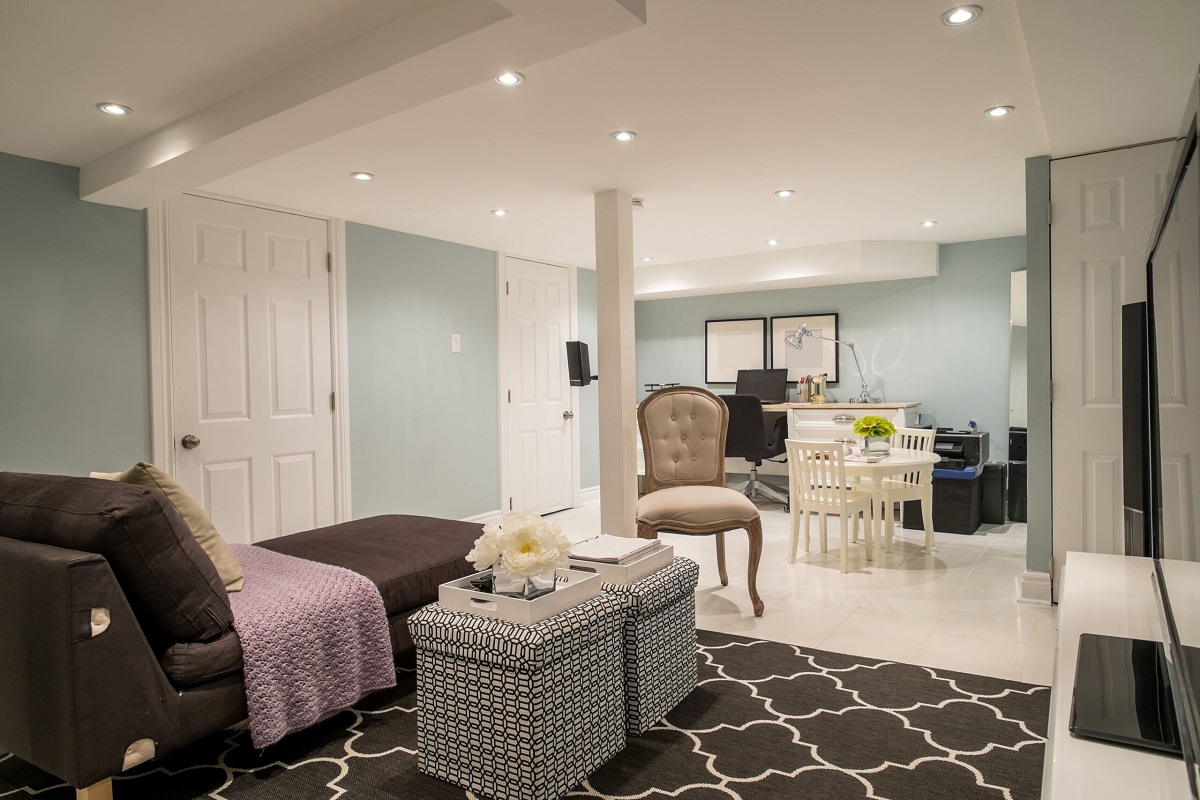

0 thoughts on “How Do You Choose The Right Color For A Dining Table?”